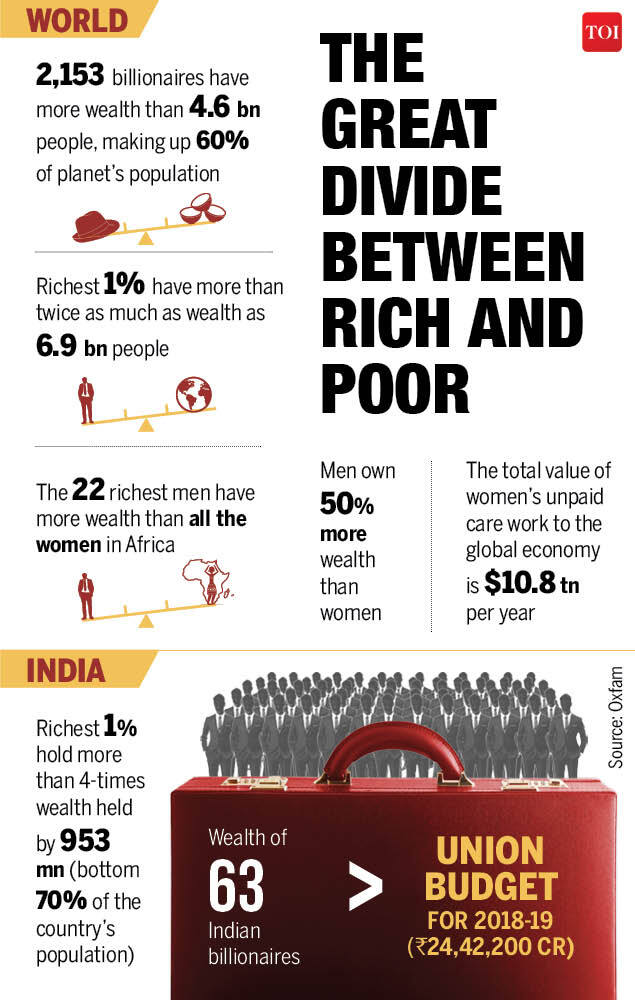P Chidambaram
The so-called tax concession given to the income tax payer in the lower
brackets has cluttered the tax structure and created confusion.
Budget
2020-21 was presented on February 1, 2020. It made the headlines and
was the subject of editorials on February 2 but, on the next day, it
practically vanished from the front pages of newspapers and from
television channels. It was like a movie that bombed on the first day.
The BJP, the Prime
Minister and the Finance Minister have to blame themselves. They cannot
blame the Chief Economic Adviser (who gave some sound advice in the
Economic Survey) or the economists and the businesspersons who met the
PM for pre-Budget consultations. There were many ideas on the table.
Reflecting the buzz in the markets, I had, in my column of January 26,
listed 10 things that the FM could do in the Budget.
If the FM did not heed the advice of the CEA or the economists or
yield to the demands of businesspersons, it was because of the following
reasons:
1. The government is in denial
The government has not accepted that demonetisation and a flawed GST
were monumental mistakes that killed MSMEs and destroyed jobs. It has
not acknowledged that the slowdown is due to declining exports,
instability in the financial sector, inadequate credit supply, lower
household savings and reduced consumption, collapse of mining and
manufacturing, and pervasive uncertainty and fear. Unfortunately, the FM
made no reference in her speech to these negative features of the
economy.
2. The government’s assessment of the state of the economy is hopelessly wrong
The government believes that the slowdown of the economy is due to
cyclical factors and the upturn will happen if they do more of the same —
scrounge for money, put more money into on-going programmes, and
announce new programmes. If the causes of the slowdown are more
structural than cyclical — as many economists believe — the government
has virtually foreclosed the options it had to revive the economy.
3. The government’s ideological pre-dispositions are obstacles to revival
The government believes in outdated philosophies like protectionism,
import substitution, a ‘strong’ rupee etc. It does not believe in the
multiple benefits of external trade and seems to have given up the
effort to find ways to boost exports. It has embraced the retrograde
idea of increasing import tariffs. It also appears reluctant to let the
rupee find a more realistic level. Given these pre-dispositions, the
government finds itself short of solutions.
4. The government is unwilling to reverse measures that have deepened the distrust between the government and business
The government has criminalised many economic laws. It has conferred
extraordinary powers on even the lowest-rung officers of the
tax-collecting departments and the investigating agencies. Tax
collection has become tax terrorism (remember V G Siddhartha). The
process of contesting or paying the taxes that are demanded — the
process itself — has become the ultimate harassment. The Charter of
Rights of Taxpayers promised by the FM has provoked a cynical reaction —
why doesn’t the government simply withdraw the carte blanche given to
the authorities and agencies?
5. The government has proved itself to be an incompetent manager
From demonetisation to GST, from Swachh Bharat Mission to
electrification of homes, from Ujjwala Yojana to UDAY, every programme
has serious shortcomings. Unfortunately, the government lives in an echo
chamber and hears only adulatory responses. Hence, while humongous
amounts of money have been spent on these programmes, the outcomes have
been unsatisfactory. The administrative machinery lacks the capacity to
improve the implementation or report the true outcomes.
Therefore, there is no surprise that the FM settled for a lacklustre
Budget, modest nominal growth of GDP and misplaced optimism about tax
revenues. While nominal GDP is estimated to grow at 10 per cent, gross
tax revenues are estimated to grow at 12 per cent — an unlikely outcome.
Further, the estimated revenues were distributed among a number of
programmes — good and bad — as a result of which there was little scope
to allocate more funds to programmes that would have ensured that more
money reached the hands of the poor quickly. Funds have been unspent in
the current year or slashed in the next year for MGNREGA, the Mid-day
Meal Scheme, food subsidy, PM Kisan Samman etc. I do not foresee a rise
in rural incomes/wages or household consumption.
The so-called tax concession given to the income tax payer in the
lower brackets has cluttered the tax structure and created confusion.
The estimated benefit of Rs 40,000 crore is not certain and, any way,
too small to be impactful.
Nor is there any incentive that will boost private investment. The
abolition of DDT has merely shifted the burden of the tax from the
company to the shareholders. Besides, when capacity utilisation in
manufacturing is at about 70 per cent (thermal power generation is at
about 55 per cent of installed capacity), there is little scope for new
investment.
In sum, the FM has not addressed the needs of a demand-constrained
and investment-starved economy. Nor has she appreciated the multiplier
effect of boosting exports. She was compelled to rely on one engine —
government expenditure — but that engine too is short of fuel and the
spectre of fiscal instability looms over the government. She has also
ignored the two most pressing issues — massive unemployment and closure
of MSMEs.
Faced with the most severe challenges to the economy in recent years,
the self-proclaimed strong and decisive government has proved to be
clueless and timid.




